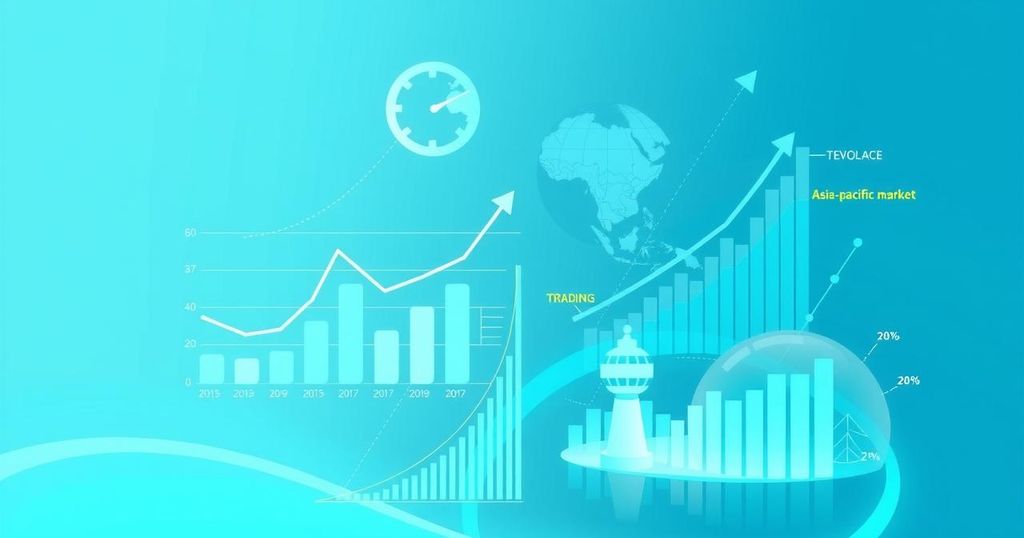China’s Economic Challenges Amidst Trade War and Internal Struggles
Beijing’s NBS reports a 4% increase in retail sales, but rising unemployment and declining housing prices raise concerns about China’s economy. The urban unemployment rate hit 5.4% in February, with significant struggles in the housing market. Amidst a trade war with the USA, China aims for a 5% growth target. The government plans to boost domestic consumption through various initiatives to counteract economic weaknesses.
Recent data from Beijing’s National Bureau of Statistics (NBS) reveal mixed signals regarding China’s economy. While retail sales demonstrated a modest increase of four percent year-on-year during the first two months of the year, other indicators raised alarms. Notably, the urban unemployment rate experienced an uptick, reaching 5.4 percent in February, highlighting a growing concern amidst worsening economic conditions.
In addition to rising unemployment, the housing market showed signs of distress, with property prices declining in 68 out of 70 major cities. The NBS report noted, “domestic effective demand is weak, and some enterprises face difficulties in production and operation,” indicating that the economic foundation is weak.
Industrial production displayed a year-on-year increase of 5.9 percent, although this was a decline from December’s growth rate of 6.2 percent. The Chinese government aims for a growth target of five percent for the year, consistent with last year’s performance, although many economists view this as ambitious amid international pressures, particularly due to the ongoing trade conflict with the United States.
Since President Donald Trump took office, he has imposed tariffs that have increased costs on Chinese exports. The intensified trade war has prompted Chinese authorities to pivot towards boosting domestic consumption in order to reduce reliance on exports. NBS spokesman Fu Linghui remarked, “The international environment will become more complex and severe in the next stage,” while emphasizing the importance of continued international cooperation.
In response to current economic pressures, the Chinese government has introduced an action plan aimed at stimulating consumer demand, which includes initiatives such as property reform and childcare subsidies. This strategy reflects an urgent need to address domestic challenges amid a turbulent global economic climate.
In conclusion, China’s economic landscape is currently characterized by a mix of positive indicators and significant challenges. While retail sales and industrial production show some growth, rising unemployment and plummeting housing prices underline the precariousness of the economy. With concerted efforts from the government to enhance domestic consumption amidst the ongoing trade tensions with the United States, the future trajectory of China’s economy remains uncertain yet critical to monitor.
Original Source: m.economictimes.com




Post Comment